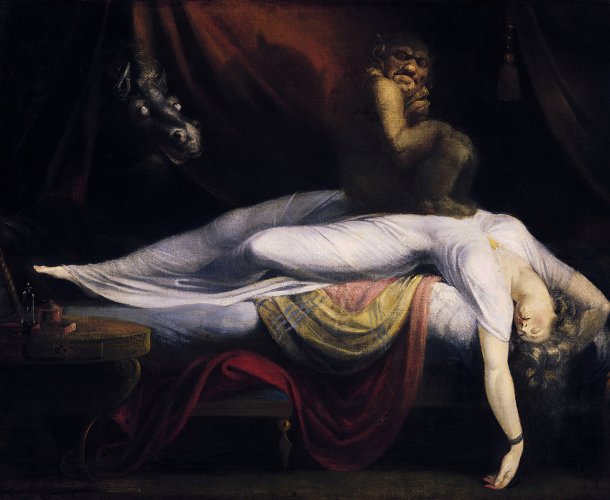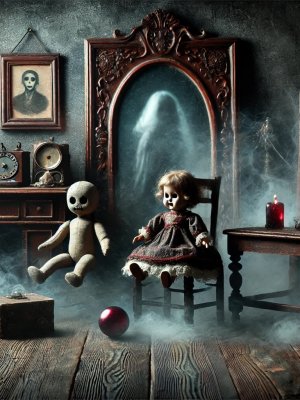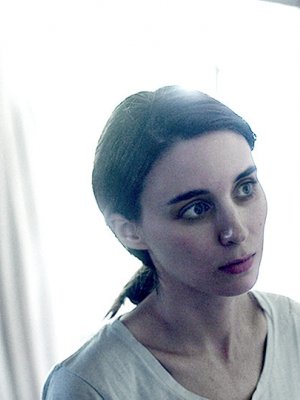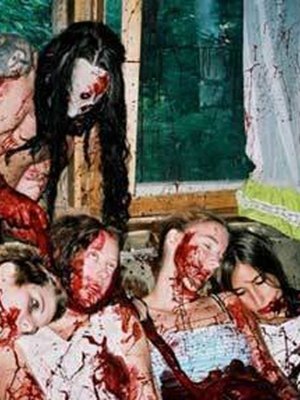Sleep Paralysis Hallucinations
Sleep paralysis is a condition characterized by temporary paralysis of the body during the transition between wakefulness and sleep. This can occur during the onset of sleep (hypnagogic) or upon waking (hypnopompic). During an episode of sleep paralysis, an individual may experience vivid and often disturbing hallucinations. These hallucinations can include visual, auditory, and tactile sensations, as well as a sense of impending doom.
The exact causes of sleep paralysis are not fully understood, but it is believed to be related to disruptions in the normal sleep cycle. Factors that may contribute to sleep paralysis include irregular sleep patterns, certain medications, and certain medical conditions such as narcolepsy.
Individuals who experience sleep paralysis may also experience hallucinations known as hypnagogic hallucinations which occur during the onset of sleep and hypnopompic hallucinations which occur during the transition from sleep to wakefulness. These hallucinations can include a wide range of vivid and often disturbing sensory experiences, such as seeing or hearing things that aren't there, feeling as if someone is in the room, or sensing a presence.
There are several strategies that can be used to reduce the frequency and severity of sleep paralysis episodes. These include:
Regular sleep schedule: Maintaining a consistent sleep schedule can help regulate the sleep cycle and reduce the likelihood of sleep paralysis.
Avoiding certain medications: Certain medications, such as sedatives and antidepressants, can increase the risk of sleep paralysis. If you are taking these medications, speak with your doctor about alternative options.
Relaxation techniques: Relaxation techniques such as deep breathing and visualization can help reduce stress and anxiety, which may contribute to sleep paralysis.
Avoiding sleep deprivation: Getting adequate sleep can help reduce the risk of sleep paralysis.
In conclusion, sleep paralysis is a condition characterized by temporary paralysis of the body during the transition between wakefulness and sleep. It is often accompanied by vivid and often disturbing hallucinations. While the exact causes of sleep paralysis are not fully understood, there are several strategies that can be used to reduce the frequency and severity of sleep paralysis episodes. However, if you experience frequent episodes of sleep paralysis and it's affecting your quality of life, it's best to consult a healthcare professional for further evaluation and treatment.
There are several famous people who have spoken publicly about their experiences with sleep paralysis. Here are a few examples:
Mike Tyson: The former heavyweight champion of the world has spoken about his experiences with sleep paralysis, describing it as "the craziest thing you ever saw." He has said that he would often wake up in the middle of the night and be unable to move, with "demons" appearing in his room.

Neil Gaiman: The bestselling author has written about his experiences with sleep paralysis, describing it as "a feeling of dread, of being trapped and powerless." He has said that he would often wake up in the middle of the night and feel as if there was someone in the room with him.
Anthony Bourdain: The late chef and television host has spoken about his experiences with sleep paralysis, describing it as "terrifying." He has said that he would often wake up in the middle of the night and be unable to move, with "monsters" appearing in his room.
Lena Dunham: The actress and filmmaker has spoken about her experiences with sleep paralysis, describing it as "terrifying." She has said that she would often wake up in the middle of the night and feel as if there was someone in the room with her, and that she would be unable to move.
It's worth noting that Sleep Paralysis can happen to anyone regardless of their fame or social status, it's a common condition and it's not exclusive to famous people.
Several horror movies have been made that feature sleep paralysis as a central theme. Here are a few examples:
"The Nightmare" (2015): This documentary-style horror film explores the phenomenon of sleep paralysis and the terrifying hallucinations that can occur during an episode. The film features real-life accounts of individuals who have experienced sleep paralysis, as well as reenactments of their experiences.
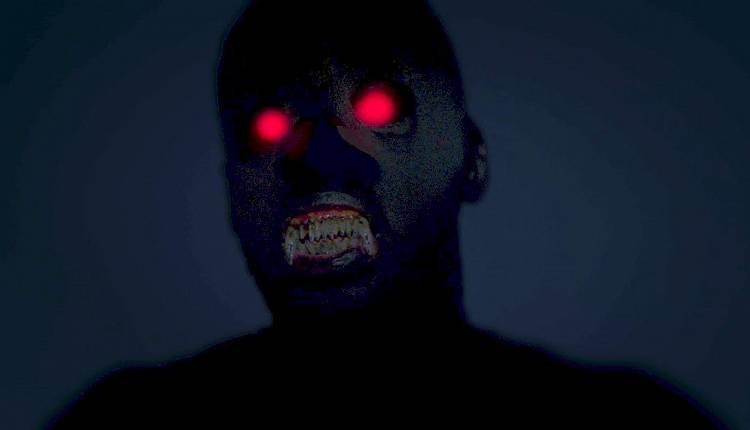
"A Nightmare on Elm Street" (1984): The classic horror film features the character of Freddy Krueger, a disfigured killer who stalks his victims in their dreams. The film explores the idea that if Krueger kills a person in their dreams, they will die in real life. Sleep paralysis is often used as a device to explain how the characters are able to enter the dream world.
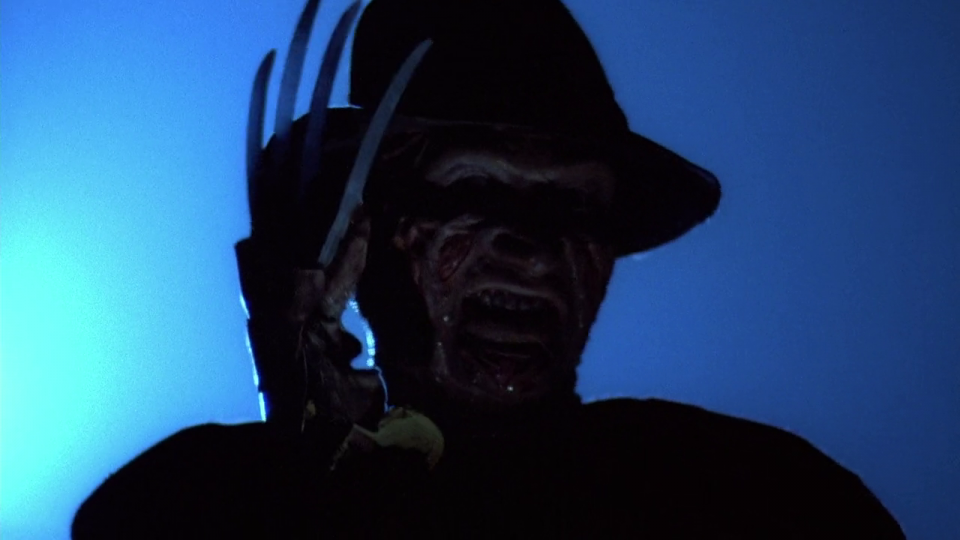
"In the Tall Grass" (2019): This Netflix original movie is based on a novella by Stephen King and Joe Hill. The movie follows a brother and sister who become lost in a field of tall grass and experience terrifying hallucinations, which include sleep paralysis.
"The Blackout" (1997): This independent horror film follows a group of friends who experience terrifying hallucinations after a night of heavy drinking. The film explores the idea that the hallucinations are caused by a supernatural force that is able to enter the body during sleep paralysis.
"Hereditary" (2018): The film follows a family who begins to unravel cryptic and increasingly terrifying secrets about their ancestry, following the death of their reclusive grandmother. One of the main characters, Peter is experiencing sleep paralysis, which is shown as a recurring nightmare and it leads to certain events that make the story more terrifying.

These are just a few examples of horror movies that feature sleep paralysis as a central theme. It's worth noting that these movies are fictional and they may not accurately represent the experiences of individuals who have sleep paralysis.


